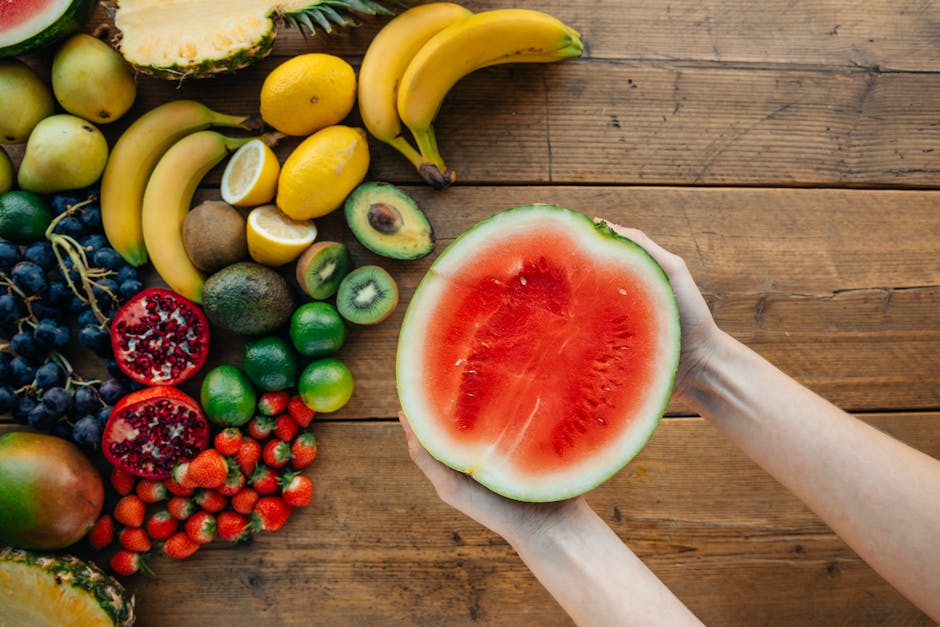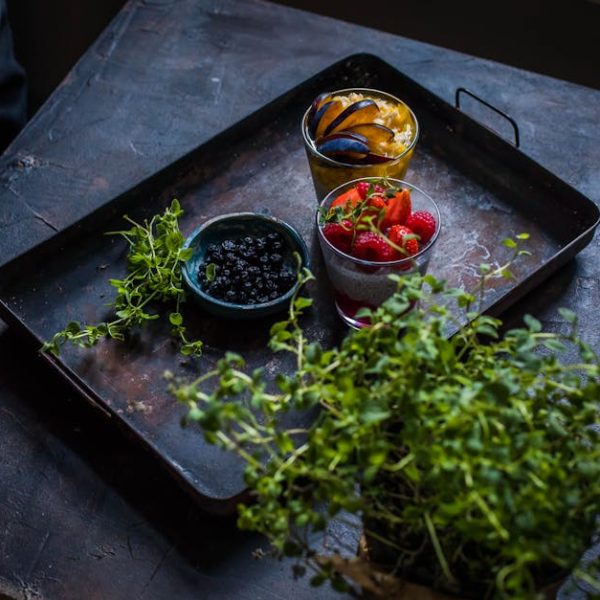Strawberries are an all-time favorite fruit, renowned for their sweet flavor and appealing aroma. The various types of strawberries exist due to different hybridizations and cultivation techniques, producing berries with varying flavors, colors, sizes, and textures. At a glance, strawberries neatly fit into three primary types: June-bearing, Everbearing, and Day-neutral.
June-bearing strawberries, as the name suggests, produce a bountiful harvest in June each year. These varieties typically boast larger berries and are often favored by commercial growers. Everbearing strawberries, on the other hand, yield smaller harvests of fruit throughout the growing season, providing a steady supply of sweet-treats. The youngest of the three types, Day-neutral strawberries, are unmoved by the length of the daylight hours and constantly push out modest batches of berries all summer long.
A Glimpse into Some Popular Strawberry Varieties
While you may be accustomed to the regular store-bought strawberries, a myriad of other varieties offer unique flavors and growth traits. The ‘Albion,’ for example, is a popular Day-neutral variety favored for its large, firm, deep red fruits with a remarkably sweet flavor. It thrives in moderate climates and is highly resistant to disease.
A shining star among June-bearing strawberries is the ‘Allstar.’ Its large, juicy strawberries have a sublime balance of tartness and sweetness and are ideal for fresh consumption and baking. This variety loves sunshine and has proved to be disease-resistant.
Pro Tip: When selecting strawberries, look for bright, uniformly red berries. They should have a pleasant aroma and be plump and firm to the touch. Remember to keep your strawberries refrigerated and avoid washing them until ready to use to retain freshness.
Exploring Lesser-Known Strawberry Varieties
Venturing beyond the popular varieties unveils a world of intriguing strawberries waiting to delight your taste buds. The ‘White Pineberry,’ for instance, is a peculiar variety that bears small, white berries with red seeds and a pineapple-like flavor – a true garden novelty. Use these berries as conversation starters at your summer parties or experiment with them in your recipes.
Comparatively, given their mainstream popularity and the availability of commercialized plants, Albion and Allstar strawberries might seem easy for home cultivation. However, cultivating less common varieties like Pineberry can introduce you to distinctive flavors, making the adventure worthwhile.
| Strawberry Variety | Pros | Cons |
|---|---|---|
| Albion | Hardy, disease-resistant, large sweet fruits | Might require more careful watering |
| Allstar | Large, balanced flavor berries, sun-loving | Berries might get soft in hot weather |
| Pineberry | Unique color and flavor, intriguing | Smaller fruits, lesser-known growth requirements |
Benefits and Uses of Different Strawberry Varieties
No matter the variety, strawberries are packed with health benefits. They are high in vitamin C and antioxidants, helping to boost your immune system. The potassium in strawberries can help regulate blood pressure and support heart health. Not to mention, they are a low-calorie way to quench a sweet tooth.
Different strawberry varieties can open up a world of new culinary experiences. For instance, the ‘Marshall’ variety, with its full, red color and superior flavor, is a great choice for jams and preserves. Meanwhile, ‘Seascape’ strawberries, with their medium firmness, are great for baking. Also, ‘Honeoye’ strawberries have an excellent balance of sweetness and tartness, making them a great addition to salads and smoothies.
Checklist for choosing strawberry varieties for specific uses:
- Raw Consumption: Allstar, Seascape
- Baking: Honeoye, Seascape
- Salads and Smoothies: Honeoye, Albion
- Jams and Preserves: Marshall, Allstar
The Art of Growing Different Strawberry Varieties at Home
There’s unique satisfaction to be had from growing your own strawberries. Understanding the preferences of each variety is key. For instance, ‘Albion’ strawberries love sunny locations and grow well in nutrient-rich soil, while ‘Earliglow’ strawberries are adaptable to various soil types but demand well-drained conditions.
Best Practices:
- Select variety based on personal preference and climate conditions.
- Choose a sunny location for planting. Strawberries typically need 6-10 hours of full sun.
- Test and prepare soil before planting. Strawberries prefer slightly acidic soil with a pH between 5.5 and 6.5.
- Plant strawberries properly. Typically, the crown should be level with the ground.
- Apply an appropriate fertilizer early in the planting season.
- Regularly check for diseases or pests and take necessary action.
- Harvest strawberries when they are bright red, and the entire berry has changed color.
Remember, cultivating strawberries requires patience and attention. But don’t be discouraged. The end result – biting into a fresh, sweet, homegrown strawberry – is worth the wait. From popular to obscure strawberry varieties, each one offers a distinctive charm and flavor profile. So, why not experiment with a few and find your favorites? Happy gardening!
Key Takeaway:
- Strawberries are categorized into three main types: the June-bearing, Everbearing, and Day-neutral strawberries, each with different growth patterns and harvest seasons.
- Various strawberry varieties offer unique flavors and growth characteristics, including the popular Albion and Allstar, and the unique White Pineberry.
- Strawberries provide numerous health benefits, including boosting the immune system and supporting heart health.
- Different strawberry varieties can be used for various culinary purposes such as baking, treats, salads, and preserves.
- Growing strawberries at home, while requiring patience, provides an opportunity to discover unique flavors and achieve personal satisfaction.
As you journey into the fascinating world of strawberries, remember that each variety has its unique charm and potential benefits. So, dare to venture beyond the familiar and embrace the lesser-known varieties. Your tastebuds might surprise you with the newfound love for a flavor profile you never knew existed.
FAQs
Q: What is an easy-to-care strawberry variety for beginner gardeners?
A: The ‘Albion’ strawberry variety is a great option for beginner gardeners. It is disease-resistant and thrives in moderate climates, yielding large, sweet fruits.
Q: Which strawberry variety should I plant if I want a steady supply of strawberries throughout the year?
A: Consider planting the Everbearing or Day-neutral varieties. They yield smaller harvests regularly throughout the growing season.
Q: Can strawberries thrive in shaded areas?
A: Generally, strawberries require 6-10 hours of full sun daily. They could grow in shaded areas but might not bear as much fruit.
Q: Which strawberry variety is best for making jams and preserves?
A: The ‘Marshall’ variety, due to its deep red color and superior flavor, is excellent for making jams and preserves.
Q: I noticed my strawberries are smaller than those in the store, why is this?
A: The size of strawberries can vary depending on the variety, with some naturally producing smaller berries. Also, factors such as soil health, sunlight exposure, and watering habits can affect strawberry size.
Thank you for reading this article. Feel free to share it with fellow strawberry enthusiasts, and don’t hesitate to explore more posts on our website.






